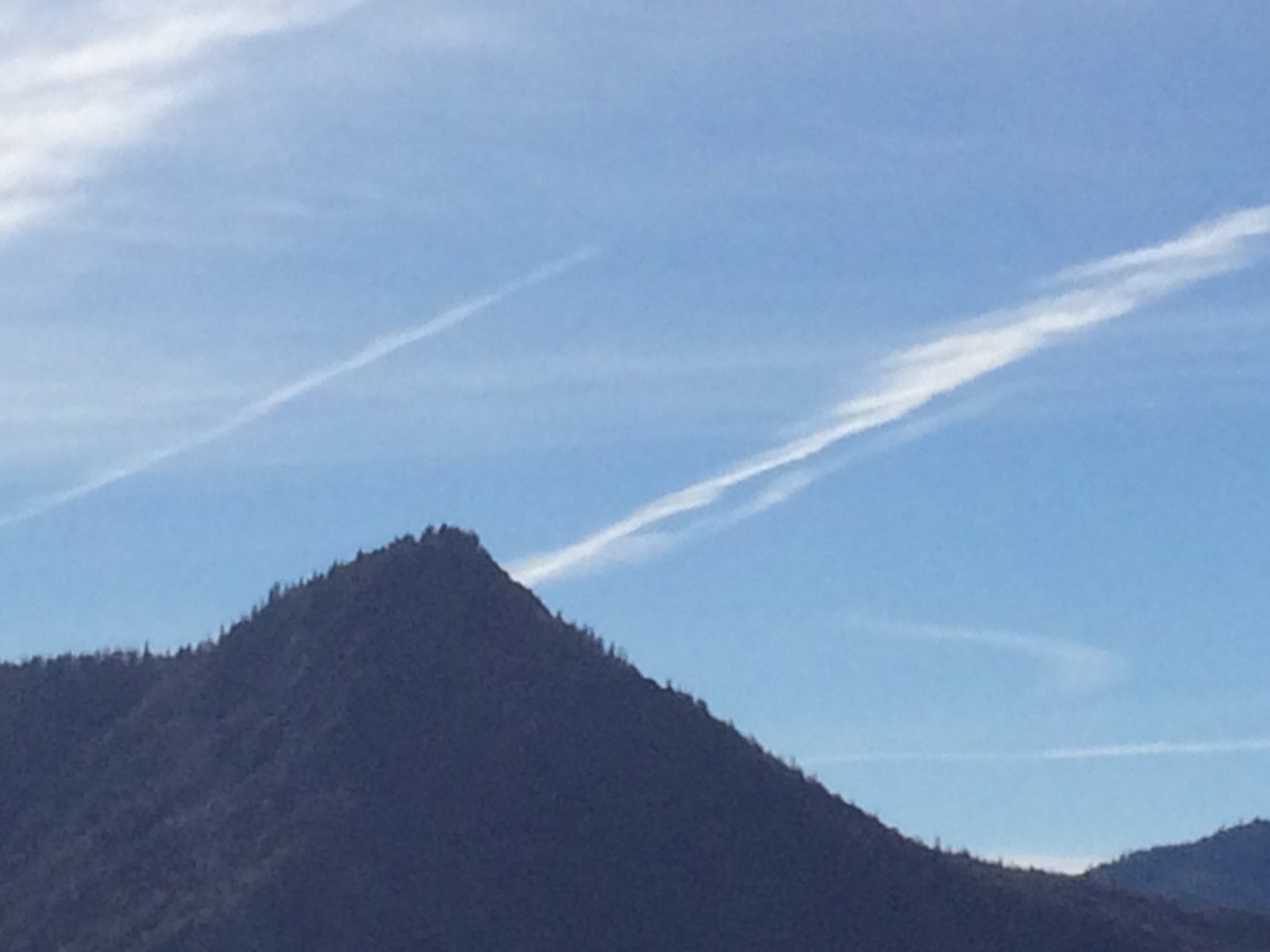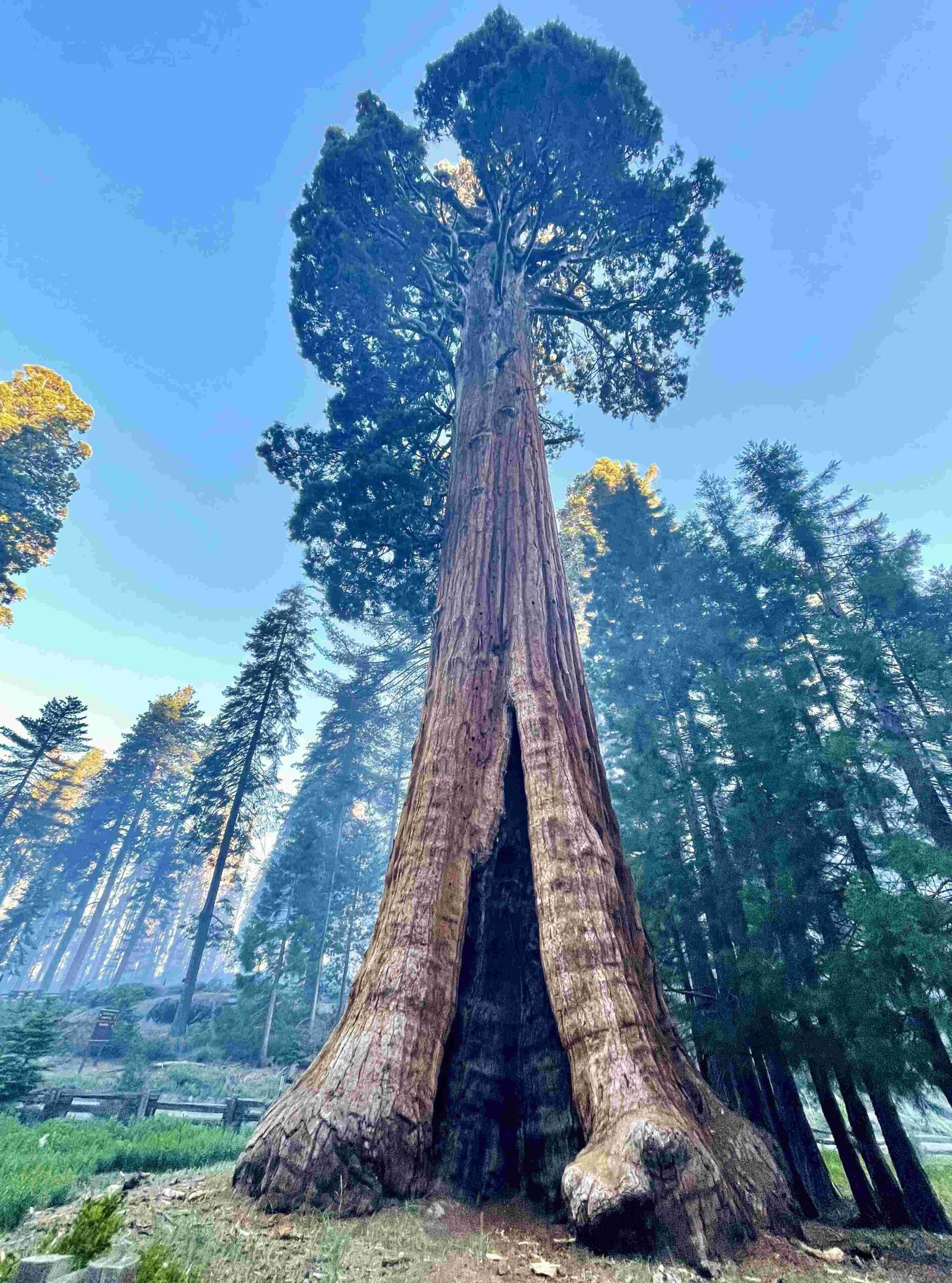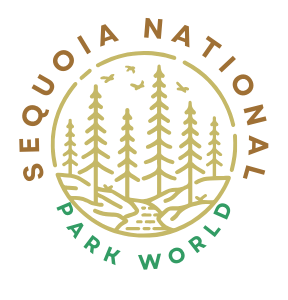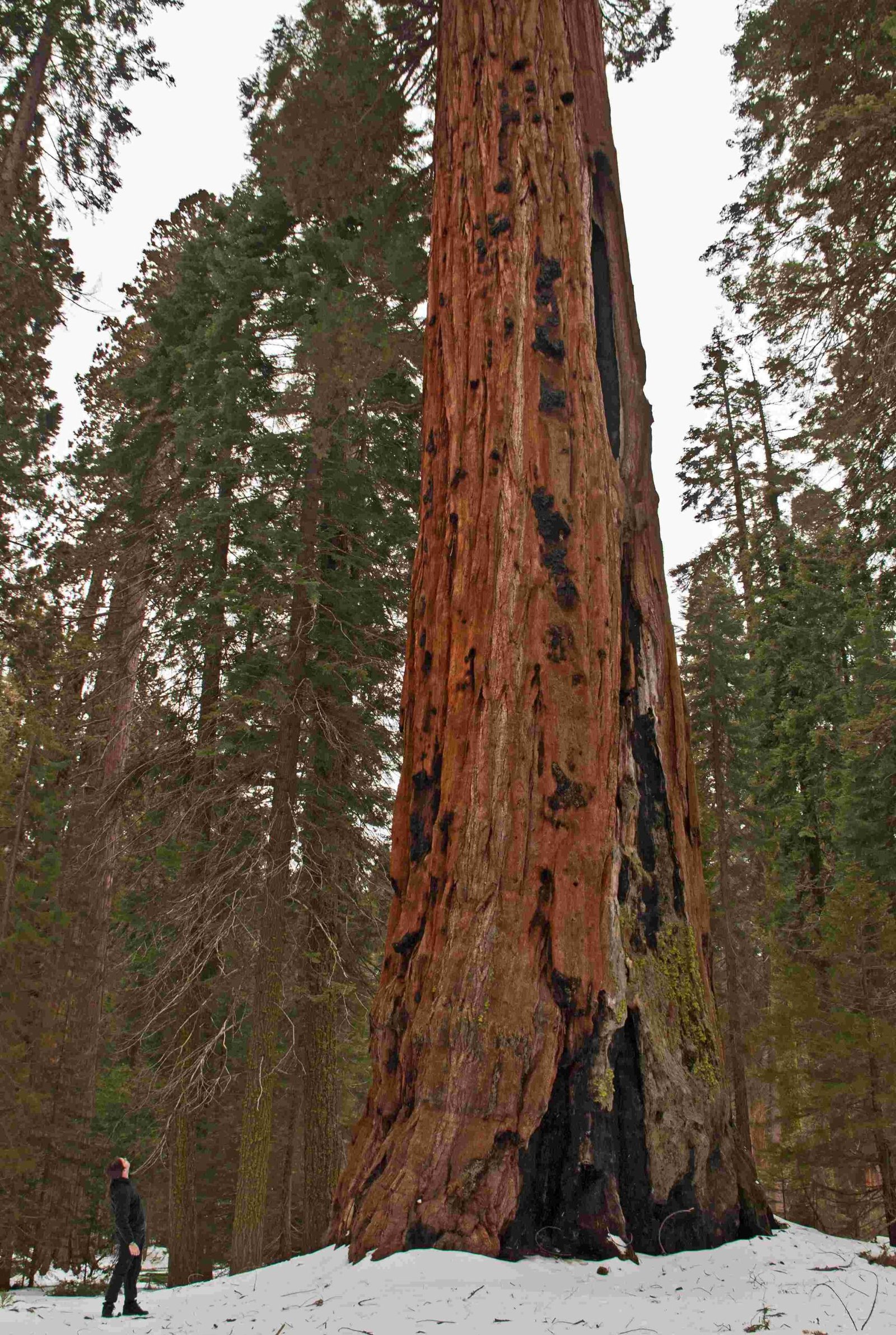Oriole Lake, nestled within the wilderness of Sequoia National Park, offers a pristine and secluded experience for outdoor enthusiasts. This remote lake, accessible only by hiking, provides opportunities for primitive camping, fishing, and wildlife viewing. Located in the southern Sierra Nevada mountains of California, Oriole Lake is surrounded by towering sequoia trees and diverse ecosystems. Visitors to this hidden gem can enjoy the tranquility of nature while adhering to strict wilderness regulations to preserve its unspoiled beauty.
What Makes Oriole Lake Unique in Sequoia National Park?

Oriole Lake stands out as a secluded destination within Sequoia National Park, offering a true wilderness experience. Unlike more developed areas of the park, Oriole Lake remains largely untouched, providing visitors with a chance to connect with nature in its most pristine form. The lake’s remote location and limited access contribute to its unique appeal, making it a haven for those seeking solitude and an authentic outdoor adventure.
Key features that make Oriole Lake special include:
- Pristine wilderness setting
- Limited human impact
- Opportunities for primitive camping
- Rich biodiversity
- Scenic beauty of the Sierra Nevada
How Can Visitors Access Oriole Lake?

Reaching Oriole Lake requires effort and preparation, as it is not accessible by vehicle. Visitors must hike to the lake, which adds to its remote and unspoiled character. The primary access routes include:
- Franklin Trail
- Farewell Trail
These trails vary in length and difficulty, often involving significant elevation changes. Hikers should be prepared for a challenging trek and should obtain detailed trail information from the park’s wilderness office before embarking on their journey.
What Are the Camping Regulations at Oriole Lake?
Camping at Oriole Lake is subject to strict wilderness regulations to preserve the natural environment. Here are the key points to remember:
- Wilderness permit required for overnight stays
- Camping allowed only in previously established sites
- No camping within 25 feet of water
- Food storage in bear-resistant containers mandatory
- Leave No Trace principles must be followed
| Regulation | Details |
|---|---|
| Permit | Wilderness permit required |
| Campsite Location | Use established sites, 25-100 feet from water |
| Food Storage | Bear-resistant containers mandatory |
| Fires | Allowed only in existing fire rings |
| Group Size | Limited to protect wilderness character |
It’s crucial to obtain a wilderness permit from the Sequoia and Kings Canyon National Parks Wilderness Office before planning your trip. Reservations are recommended, especially during peak season.
What Fishing Opportunities Exist at Oriole Lake?
Fishing at Oriole Lake can be a rewarding experience for anglers who make the trek. However, it’s important to follow all regulations to protect the lake’s ecosystem:
- Valid California fishing license required
- Adherence to California Department of Fish and Wildlife regulations
- Specific catch limits and size restrictions may apply
- Seasonal closures possible for certain species
Anglers should check with park rangers or the official park website for the most up-to-date fishing regulations specific to Oriole Lake. The remote nature of the lake means that fishing pressure is generally low, potentially offering a unique angling experience.
What Wildlife Can Be Observed Around Oriole Lake?
The area surrounding Oriole Lake is rich in wildlife, offering excellent opportunities for nature observation. Visitors may encounter:
- Black bears
- Mule deer
- Various bird species, including the lake’s namesake orioles
- Small mammals such as squirrels and chipmunks
- Reptiles and amphibians
To maximize wildlife viewing opportunities:
- Visit during early morning or late afternoon
- Maintain a safe distance from all animals
- Use binoculars or a spotting scope for better viewing
- Stay quiet and patient
Remember, it is crucial to follow park guidelines for wildlife interaction:
- Do not feed any animals
- Store food and scented items properly
- Keep pets on a leash and do not allow them on trails
- Do not approach or disturb wildlife
How Can Hikers Prepare for Trails Around Oriole Lake?
Preparing for a hike to Oriole Lake requires careful planning and consideration of the remote wilderness environment. Here are some essential tips:
- Physical Preparation
- Train for steep elevation changes
-
Build endurance for long-distance hiking
-
Gear and Supplies
- Sturdy hiking boots
- Layered clothing for variable weather
- Sufficient water and water purification methods
- High-energy snacks and meals
- First-aid kit
-
Navigation tools (map, compass, GPS)
-
Safety Precautions
- Inform someone of your hiking plans
- Carry emergency communication device
- Be aware of weather forecasts
-
Know basic wilderness first aid
-
Trail Information
- Obtain current trail conditions from park rangers
- Study topographic maps of the area
- Understand estimated hiking times and difficulty levels
What Are the Best Seasons to Visit Oriole Lake?
The ideal time to visit Oriole Lake depends on personal preferences and outdoor experience levels. Each season offers unique experiences:
- Summer (June-August)
- Warmest temperatures
- Most accessible trails
- Peak fishing season
-
Highest visitor numbers
-
Fall (September-October)
- Cooler temperatures
- Beautiful fall colors
- Less crowded
-
Potential for early snow at higher elevations
-
Spring (May-June)
- Wildflowers in bloom
- Flowing streams and waterfalls
- Possible lingering snow on trails
-
Variable weather conditions
-
Winter (November-April)
- Limited access due to snow
- Requires advanced winter wilderness skills
- Solitude and pristine snow-covered landscapes
- Extreme cold temperatures
Visitors should always check current conditions and obtain necessary permits regardless of the season they choose to visit.
How Does Oriole Lake Contribute to Sequoia National Park’s Ecosystem?
Oriole Lake plays a vital role in the broader ecosystem of Sequoia National Park:
- Water Resource
- Provides habitat for aquatic species
- Supports surrounding plant life
-
Part of the park’s watershed system
-
Biodiversity Hotspot
- Hosts diverse plant and animal species
-
Serves as a breeding ground for various birds and amphibians
-
Climate Regulation
- Contributes to local microclimate
-
Helps maintain moisture levels in the area
-
Scientific Research
- Offers opportunities for ecological studies
-
Provides insights into high-altitude lake ecosystems
-
Natural Heritage
- Represents unspoiled wilderness
- Preserves natural processes with minimal human interference
By maintaining Oriole Lake’s pristine condition, the park ensures the continuation of these vital ecological functions.
What Conservation Efforts Are in Place to Protect Oriole Lake?
Sequoia National Park implements various conservation measures to protect Oriole Lake and its surrounding environment:
- Access Limitations
- Restricted trail access to minimize human impact
-
Wilderness permit system to control visitor numbers
-
Education Programs
- Visitor education on Leave No Trace principles
-
Information on proper wilderness etiquette
-
Wildlife Protection
- Strict regulations on food storage and waste disposal
-
Prohibitions on feeding or approaching wildlife
-
Ecosystem Monitoring
- Regular scientific surveys of flora and fauna
-
Water quality testing and monitoring
-
Restoration Projects
- Removal of non-native species
- Habitat restoration initiatives
These efforts ensure that Oriole Lake remains a pristine wilderness area for future generations to enjoy and study.
Oriole Lake in Sequoia National Park offers a unique wilderness experience for those willing to venture off the beaten path. Its remote location, pristine waters, and surrounding wilderness provide opportunities for solitude, wildlife viewing, and connecting with nature in its purest form. By respecting the park’s regulations and practicing responsible outdoor ethics, visitors can help preserve this hidden gem for years to come.
References:
1. Sequoia & Kings Canyon National Parks – Campground Regulations
2. Sequoia National Forest – Camping & Cabins: Dispersed Camping
3. Sequoia & Kings Canyon National Parks – Minimum Impact Restrictions

